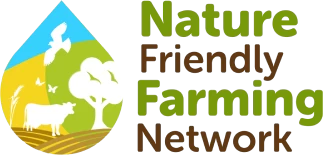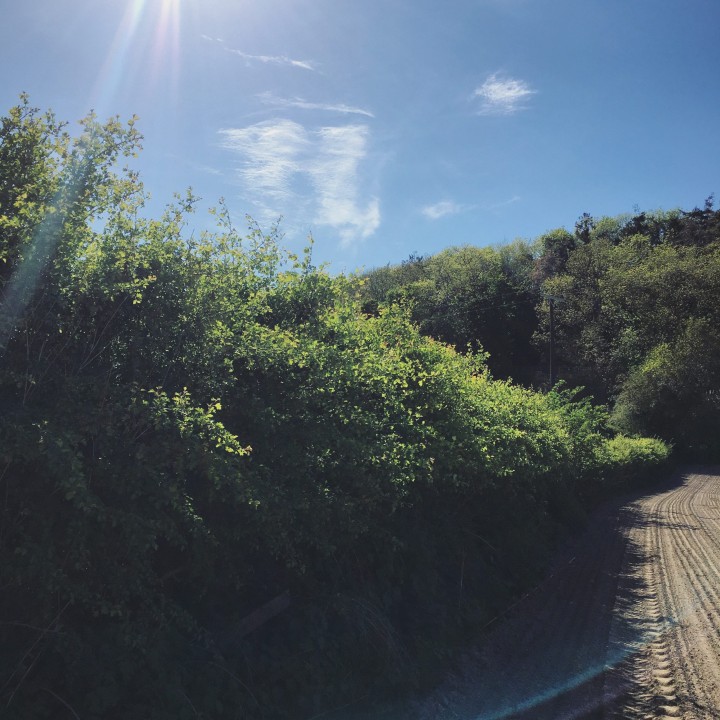Here at Glanllyn, we’re putting in two hedgerows this winter, and the cost of one is partly funded by the Woodland Trust’s scheme called MOREhedges. If you’re a farmer or landowner thinking of planting hedges, I really recommend looking into this – the application was simple and quick enough to complete that even I managed it.
So, sticking with the livestock first, the shelter a good thick hedge offers my livestock in any weather can not be underestimated on a health and welfare level. The animal is more comfortable and able to regulate body temperature better, whether it’s shade in summer that is needed or shielding from the driving wind and rain in winter. Maintaining a more even use of their body energy results in positive effects on their overall health and growth, and with the sheep here at home that means fewer shepherding problems. Also, the same healthy growth traits can be said for the pasture.
I’ve noticed that the herb-rich sward grows thickest and more lush in the lee of the existing hedges, it seems this is mostly due to naturally improved soil conditions. The roots of the hedge plants open up the soil structure enabling more carbon and water to be stored, as well as other nutrients. I’m convinced that the leaf litter from the hedges is also a winner – it is nature's compost after all!
We now don’t cut the hedges every year, instead, we leave them to grow wild until it looks like the tops are growing away too much from the base. Wildlife needs cover and a thick filled-out base to a hedge is important for small mammals such as field mice or hedgehogs – we need a healthy structure not only for stability but to keep predators out too. Seeing increased numbers of pollinators, bird life, flowers and berries is like a soothing balm to the normal everyday pressures of running the farm. And anything that helps my mental health is definitely welcome in this place.
Planting more hedges will not only benefit wildlife but will reduce water run-off and soil erosion. Not cutting back the existing hedges has meant less fossil fuel is burnt, it’s also resulted in more native food for an increased population of native birds. Plus I’ve learnt about migrating insects finding cover in our hedges and that these amazing tiny bugs that travel thousands of miles are veracious predators of crop pests – nature is not just beautiful, it's functional and accomplishes so much more than we give it credit for. We just have to let it live alongside us.
One of the key speakers had said to think of the growing area on a farm in 3D tiers, that not all the growing area was at ground level and nor were growing conditions dependent on just what we added to the soil.
I hadn’t thought about levels within the structure of the farm before, just mostly the acreage of fields, but it really opened my mind and my eyes – I started to look at the place differently. I could improve growing conditions for my crops (lamb, hay and haylage) whilst working for and with nature too, and once I got thinking from this different perspective – to include more nature on different levels and to let it do what it does best – create a sustainable food-producing balance, I found I had renewed energy and motivation for the farm work I love.




